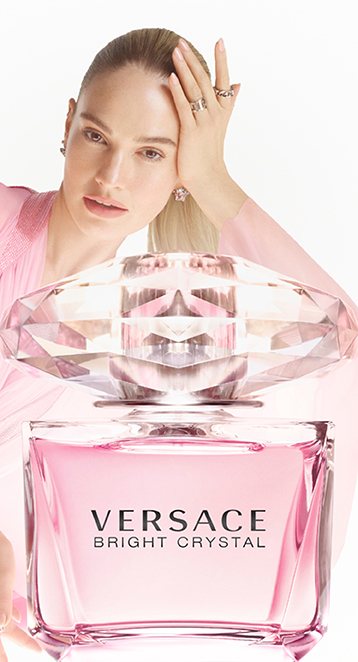UAE. Dubai Airports has launched an intriguing experiment into the airport seating of the future with Dubai design agency Ochre and Emirati designer Aljoud Lootah.
“We’re always looking for ways to innovate and improve the passenger experience,” said Dubai Airports Head of Customer Experience Gideon Ruig. “As part of an airport-wide programme, we are exploring options to upgrade seating options for passengers at our boarding gates. And because we value our customers’ opinions, we have set up a demonstration area in Terminal 3 where we are inviting passengers to have a seat, and let us know what they think.”

Seating configurations offered in the ‘proof of concept’ installation accommodate a range of passenger needs, including resting, leaning and working. It also caters to groups or families who wish to be seated comfortably together.
But it’s not just about the seats themselves, it’s also about the environment surrounding them, Ruig added. “As part of these experiential experiments we are also striving to weave a better ‘Sense of Place’ within the airport to showcase Dubai’s culture to passengers. As such our design was inspired by authentic Emirati design influences.”
“What captivates me most is the process of Yaroof fishing, I remember seeing the fishermen on the shores in the late afternoons when I was a child in the rural areas. They would stay for hours pulling the nets down to the shore and it created a beautiful picture.” – Aljoud Lootah
To achieve that Sense of Place, Dubai Airports has partnered with renowned Emirati artist and designer Aljoud Lootah. In 2015 she created her iconic ‘Yaroof’ installations (see video below), inspired by Yaroof fishing. These feature octagonal frames and arabesque patterns that depict the shape of Yaroof fishing nets. The installations are accompanied by short stories and vignettes to further amplify the Dubai experience.

“What captivates me most is the process of Yaroof fishing,” said Aljoud Lootah. “I remember seeing the fishermen on the shores in the late afternoons when I was a child in the rural areas. They would stay for hours pulling the nets down to the shore and it created a beautiful picture.”
The demonstration area is located at economy check-in, close to the immigration check point in Terminal 3. Customer feedback will be monitored in the weeks ahead and taken into consideration when final designs are developed.
To learn more about Aljoud Lootah’s Yaroof concept, click on the YouTube icon above to watch her magnificent and beautiful film ‘Yaroof (ياروف in Arabic) installation’.
To view a video of this intriguing experiment at Dubai International, visit DXB’s Official Facebook Page
About Aljoud Lootah
Aljoud Lootah describes herself as a multi-disciplinary designer, with a keen interest in the idea of contrasts in form and function.
She composes her creations by mixing traditional silhouettes & concepts with modern elements. Patterns, folds and geometric shapes are at the heart of her inspiration. Her creative drive comes from a passion for detail, aesthetics, and experimental approaches to materials and techniques.
She has a passion for projects that distinctly interpret Emirati culture, traditional craftsmanship and contemporary design.
Two products from her Oru Series (2015) were acquired by the National Gallery of Victoria in Melbourne, Australia, making her the first Emirati designer to have her work acquired by an international gallery.
Lootah also produces bespoke objects and collectible designs for government organisations and private companies, and has been involved in various retail and residential interior projects.
About the Yaroof installation
Yaroof shore fishing uses beach seine netting made of strong mesh. The net is laid down near the shore and the fisherman wades into the sea for some distance holding the edge of the net. Making a half circle towards the shore, the fish are caught inside the net when it is pulled ashore with the help of other fishermen.
The installation’s structure and components are inspired by the fishing process. It consists of four octagon frames, each with patterns created by using nylon ropes to depict the shape and structure of a fishing net. The patterns are inspired by complex Arabesque motifs, and similar to the form of these motifs, the curves found in the designs are created entirely with straight lines.














